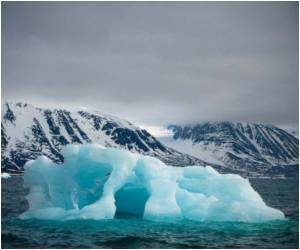
The answer to this question for nitrogen-fixing cyanobacteria (bacteria that obtain energy through photosynthesis, or "blue-green algae") turns out to have implications for every living thing in the ocean.
Nitrogen-fixing is when certain special organisms like cyanobacteria convert inert - and therefore unusable - nitrogen gas from the air into a reactive form that the majority of other living beings need to survive. Without nitrogen fixers, life in the ocean could not survive for long.
David Hutchins, professor of marine environmental biology at the USC Dornsife College of Letters, Arts and Sciences, said that their findings show that carbon dioxide has the potential to control the biodiversity of these keystone organisms in ocean biology, and our fossil fuel emissions are probably responsible for changing the types of nitrogen fixers that are growing in the ocean.
He said that this may have all kinds of ramifications for changes in ocean food chains and productivity, even potentially for resources harvested from the ocean like fisheries production.
Hutchins and his team studied two major groups of nitrogen-fixing cyanobacteria: Trichodesmium, which forms large floating colonies big enough to see with the naked eye and makes vast "blooms" in the open ocean, and Crocosphaera, which is also very abundant but is a single-celled, microscopic organism.
Advertisement
Hutchins said that it is not that climate change will wipe out all nitrogen fixers rather raised atmospheric carbon dioxide changes specifically which nitrogen fixers are likely to thrive.
Advertisement
Source-ANI









